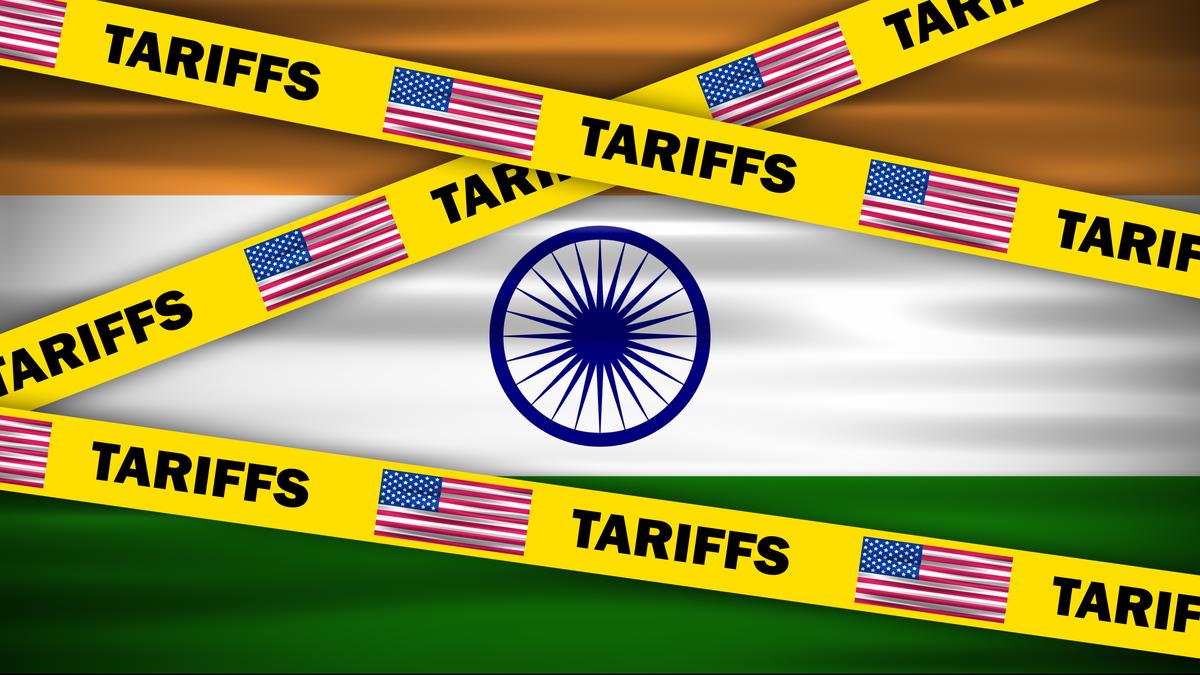The United States has unexpectedly ramped up tensions with India by imposing a sweeping 50% tariff on a broad list of Indian exports, marking a significant escalation in their trade dispute. Announced on July 15, 2024, this move has sent shockwaves through global markets and raised concerns over the future trajectory of India-US trade relations, now hanging in the balance amid unresolved negotiations and mounting tensions.
US Implements Drastic Tariff to Address Trade Concerns
In a move driven by accusations of unfair trade practices, the United States unveiled a 50% ad valorem tariff on 248 Indian export lines, covering key sectors such as textiles, pharmaceuticals, machinery, and leather goods. This tariff, effective from July 30, 2024, is part of Washington’s broader strategy to counter what it describes as overcapacity and discriminatory subsidies in India’s industries. The USTR statement framed the step as necessary to restore competitive balance, citing India’s maintenance of unfair subsidies and barriers that distort commerce.
While some exemptions apply—specifically to life-saving drugs for HIV/AIDS and tuberculosis—the broad scope is expected to impact approximately USD 6 billion worth of annual exports from India, creating immediate economic ripples and raising fears of longer-term disruption.
Economic Fallout and Market Turmoil
The reaction on financial markets was swift and pronounced. India’s benchmark Sensex plummeted by 1.6% (around 1,200 points), while the Nifty-50 index slipped by 1.4%. The Indian rupee also depreciated by 0.8%, opening at 82.45 per USD before falling to 83.10 intraday—a sign of investor apprehension.
Exporters faced increased costs and logistical challenges. Sectors like textiles, pharmaceuticals, and machinery—particularly reliant on US markets—are forecasted to suffer tangible losses, with an estimated impact of approximately USD 5.8 billion in FY 24. Companies warn of disrupted supply chains and potential job cuts, especially within export-focused Special Economic Zones (SEZs). Some firms are exploring rerouting shipments through third countries to mitigate tariffs, though logistical hurdles remain.
India Commands Diplomatic and Industry Responses
The Indian government condemned the UST’s actions swiftly. The Ministry of Commerce declared on July 16 that the tariffs constitute protectionism disguised and announced plans to escalate the dispute by requesting consultations at the World Trade Organization (WTO). On July 17, India’s Commerce Minister convened an emergency meeting with exporters and officials, exploring relief measures, including short-term credit lines and concessions on imported inputs.
Indian industry bodies such as the Confederation of Indian Industry (CII) and the Apparel Export Promotion Council reacted vehemently, warning of significant economic harm. The CII highlighted that the tariffs would harm both Indian workers and American consumers by inflating costs, while the apparel sector forecasted a 15-20% drop in shipments to the US in the upcoming quarter.
Meanwhile, in the US, critics from both sides of the political spectrum expressed concern about retaliatory measures and rising consumer prices, especially for clothing, furniture, and generic medicines. The US Trade Representative defended the tariffs, asserting they align with WTO rules, but also indicated a willingness for targeted negotiations on unresolved issues.
Deepening Tensions and Uncertain Futures
The tariff imposition marks a turning point in the already strained India-US trade relationship. Over recent years, disputes centered around data localization, digital services, agricultural market access, and subsidies have hindered progress despite numerous negotiations. The US’s move under the authority of Section 301 of the Trade Act of 1974 underscores a more assertive approach to addressing what it perceives as unfair practices.
India remains firm, with the Commerce Secretary declaring that the tariffs breach WTO principles and promising a robust response. The Indian government is also contemplating filing a formal dispute at the WTO, a process that could extend over a year, potentially prolonging the conflict.
On the other hand, there is concern about the risk of an escalating tariff war. While India has limited capacity to retaliate with equal measures on US goods—worth approximately USD 60 billion—it may seek to diversify its export markets by strengthening trade ties with the European Union, Middle East, and Southeast Asia to offset losses.
Looking Ahead: A Tense But Not Unchangeable Future
Several scenarios loom. Negotiations could resume, possibly resulting in a compromise on market access and subsidies, or the dispute could deepen, leading to retaliatory tariffs from India on US products. The latter could impact global supply chains and further destabilize markets. Meanwhile, both nations are under pressure to de-escalate the conflict to prevent further damage to their economic interests.
“This action will cost thousands of jobs in our sector and drive up costs for American retailers,” warned the Apparel Export Promotion Council Chairman, emphasizing the human toll of this political standoff. Yet, US officials maintain that tariffs are a necessary tool to address persistent trade imbalances and unfair subsidies.
As the world watches, the unfolding dispute underscores the fragility of international trade relations in an era of protectionism and geopolitical tensions. The path forward remains uncertain, with stakeholders on both sides weighing their next moves carefully. For now, the world’s second-most populous nation faces the challenge of navigating a complex web of diplomacy, economics, and strategic interests—all while balancing its aspirations for open markets against rising protectionist currents.






Leave A Comment